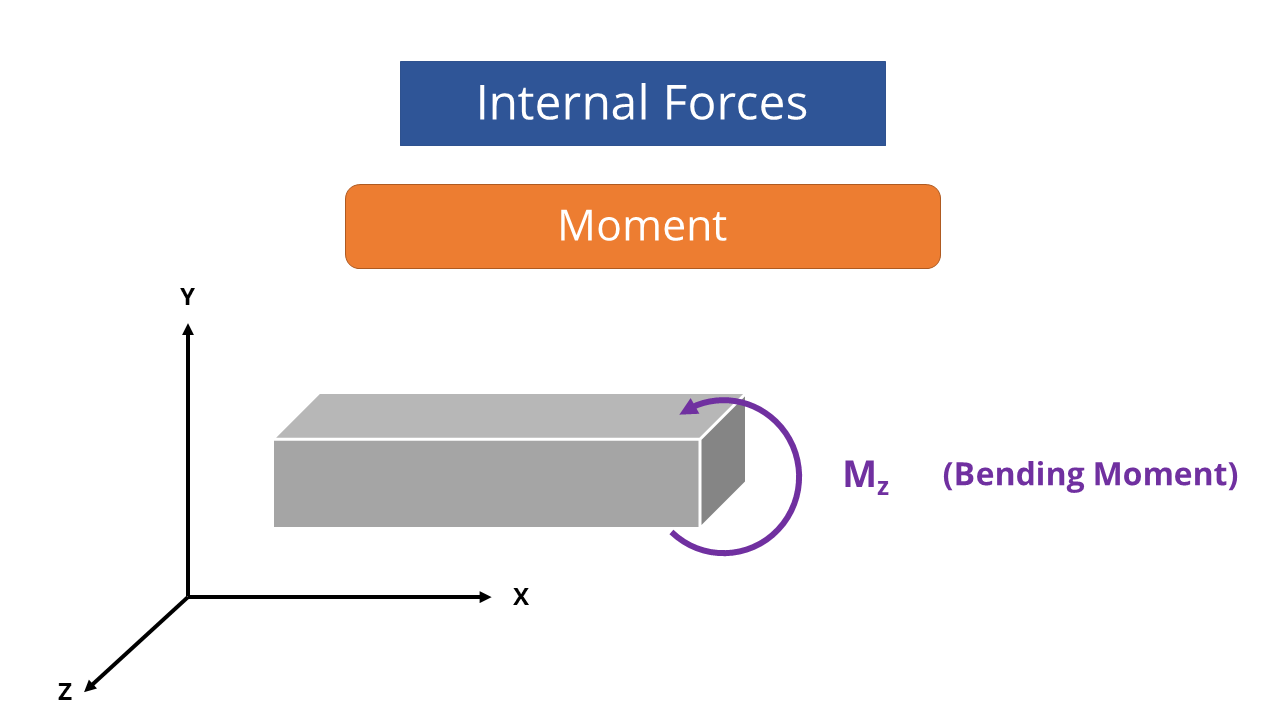WHAT ARE INTERNAL FORCES? "Beginner Level" Structural Analysis & Design!
To solve any structure one must understand the concept of Internal Forces. Based upon all the External Forces that act upon a body varying from, Basic loads like point loads, uniformly distributed loads, variable loads, etc. to complex loads like Earthquakes or Seismic loads, wind loads, etc. the body tends to generate internal forces to resist these external forces.
Inside the structural analysis methods, an internal force is defined not only by shear forces and axial force i.e. Internal force in the X, Y, and Z direction but also the Bending moments and Torsional moments i.e. Internal Moments in the XY, YZ, ZX plane or Mx My Mz in simpler language.
The terms of forces and moments are used interchangeably when it comes to the structural design concepts. Forces have the unit of N or KN while the internal moments will have the units of Nm or KNm.
Understanding the nature, direction, and impact of Internal force is essential in analyzing the impact of these forces on the structural members. These internal forces later form the concept of internal stresses which when compared with the strength of the material actually tells us if the structure is safe or unsafe.
Internal Forces can be broken down into different components. For example, a beam if exposed to external forces will tend to develop internal forces that would look something like this:
Axial Force - Fx
Shear Force - Fy
Shear Force - Fz
Torsional Moment - Mx
Bending Moment - My
Bending Moment - Mz
These 06 internal forces remain common in all types of structural elements. Their direction, axis, and components may change but the types remain more or less the same.
Check out the video for in-depth details: https://youtu.be/VC7HI8oJno8
Thanks,
Kushal
PS: Please share our YouTube channel @ Civil Black Box with your friends and colleagues.
